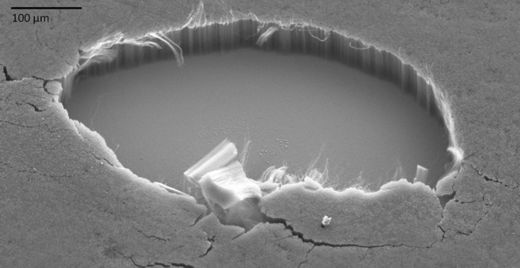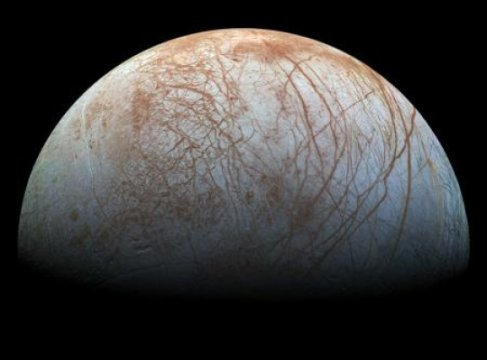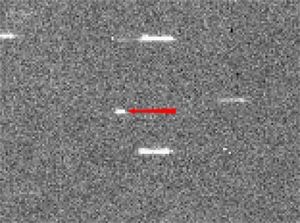
© The EconomistScarred by fungi?
Like cancers and heart disease, Alzheimer's is a sickness of the wealthy. That is because it is a sickness of the old. A study carried out in Spain in 2008 suggested that the risk of developing it doubles for every five years you live beyond 65. A richer world means a longer-lived world—and that, in turn, means a world which will suffer more and more from dementia. At least 40m people are thought to be affected by it already. The true number is likely to be higher, as many sufferers, particularly in the early stages of the disease, have yet to be diagnosed.
What actually causes Alzheimer's disease, though, is obscure. Workers in the field know that tangles and plaques of misshapen proteins play a big role. These accumulate in and between nerve cells, eventually killing them to create voids in the brain (see picture). It may be that the accumulation of these proteins is merely a biochemical ill to which human flesh is unfortunately heir, and which is a normal (if unwelcome) consequence of ageing. But some researchers doubt that, and are searching for external causes.
There is evidence, in varying degrees, for everything from bacterial or viral infections, via head injuries to smoking. But
a paper just published in
Scientific Reports adds another possibility to the pot.
A group of researchers led by Luis Carrasco of the Autonomous University of Madrid, in Spain, have raised the idea that the ultimate cause of Alzheimer's is fungal.Dr Carrasco and his team examined brain tissue from 25 cadavers, 14 of which belonged to people who had had Alzheimer's disease when alive. The other 11 (who had an average age of 61, versus 82 for the Alzheimer's sufferers) had been Alzheimer's-free. That may sound like a small sample from which to draw conclusions, but the signal the researchers found was overwhelming. Every single one of the Alzheimer's patients had signs of fungal cells of various sorts growing in his or her neurons. None of the Alzheimer's-free brains was infected.




Comment: For more on how the loss of the flora and fauna effect our terrestrial life, listen to the SOTT editor's interview with Lierre Keith, author of The Vegetarian Myth.
SOTT Talk Radio: Dissecting the Vegetarian Myth - Interview with Lierre Keith